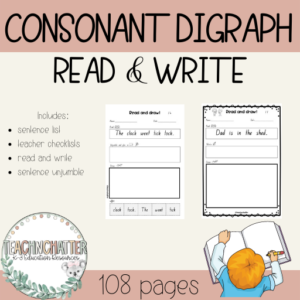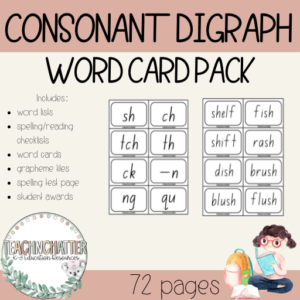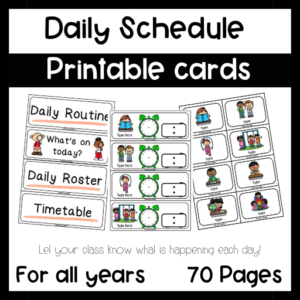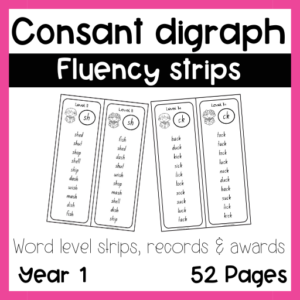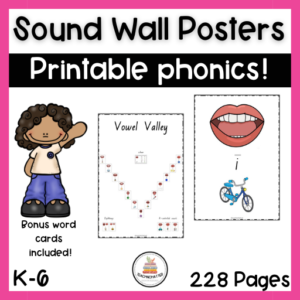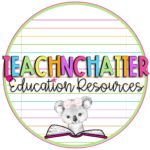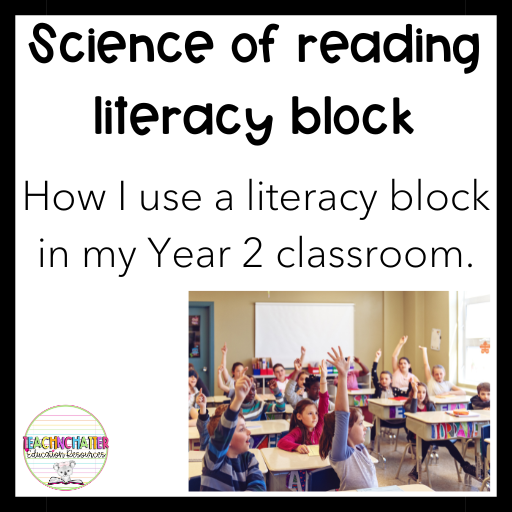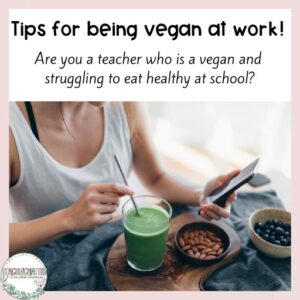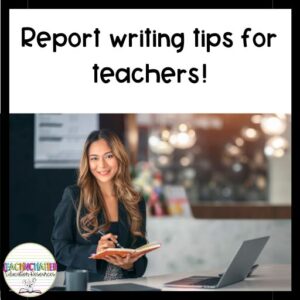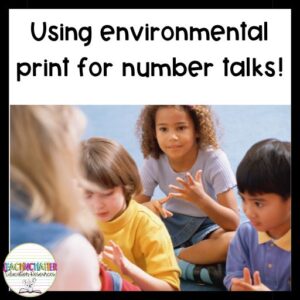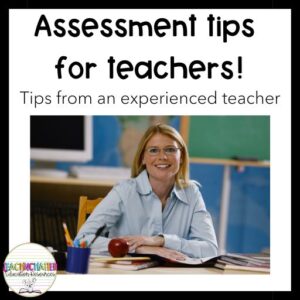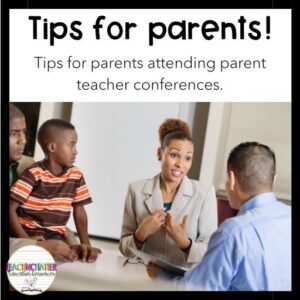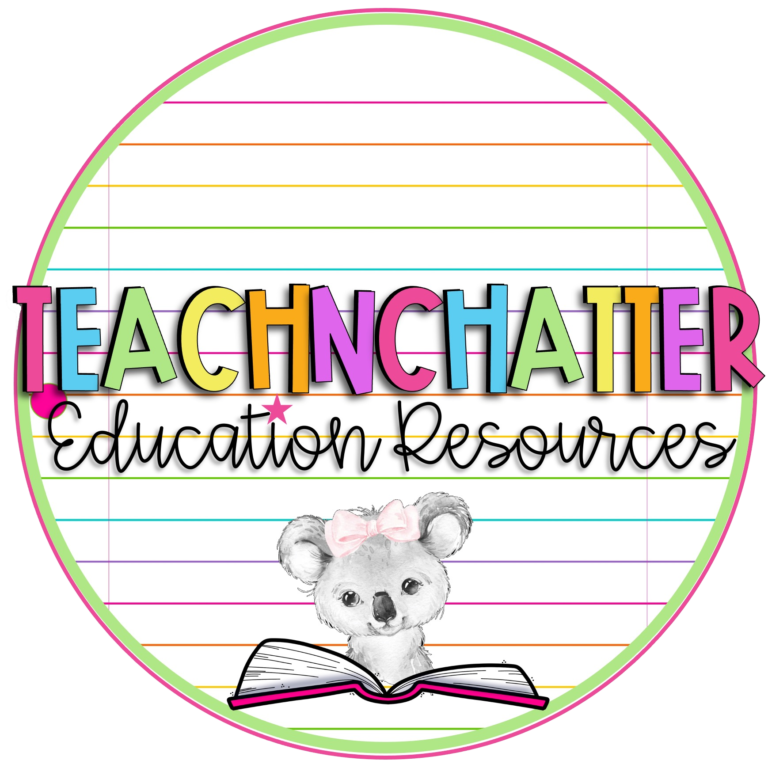Science of reading literacy block
What is the Science of Reading?
My literacy block structure has changed over the years as new research has informed my practice. When I reflect on each change that I have made, it is only for the better however, I won’t say that it has been “easy.” I say that because change is always pushing you out of your comfort zone. This happens a LOT with teaching too. As soon as we think we know what we are doing…along comes someone or some program to spice things up.
I am not going to go into the fine detail of how every single aspect of my teaching practice (when it comes to phonics) has changed over the last ten years but I will go in to some of the changes that I have made in a shorter time frame (say, five years). I will put my phonics teaching strategies within a structured literacy block so that you can see where it all fits and how it all flows. Prior to all literacy blocks, we have a crunch and sip time with a daily warm-up. We often do editing in these sessions.
I am amazed at how quickly the students have learnt this new routine. I never thought I would like the whole group teaching like this. I feel like they are more focused, the tasks are quick and no time is wasted. What I am now facing is the difficulty of listening to individual students read to me. I do this when students first arrive to school but as we all know, that doesn’t always work out! I think I need to structure some time for this in the afternoon sessions. Our afternoon sessions are one hour. I have to teach a HASS or health topic in this time. I’ve also got to squeeze daily news telling from next week onwards!
Another specific change over the last few years has been the way I teach phonics. I tend to introduce one phoneme per week but will not use grapheme alternatives in one session and not separate lessons. This is generally how the SoundsWrite program approaches the complex code (and even the initial code). Doing this, was definitely something new. I am now feeling more competent at teaching this way but I still see students struggle to learn the alternatives and know when to use each one. In the past (generally for Year one students) I have had differentiated groups for phonics instruction and some groups have had completely different phonemes and graphemes but two of my top groups have had different amounts of graphemes that they have been exposed to. This is just been one way that I’ve needed to differentiate my instruction.
What is a literacy block?
Literacy block examples
2019 – 2020 (Mixed Pre-Primary/Grade One class and then straight Grade One)
- I began each term with an oral language (speaking) intention or purpose. I retrieved this from the Diana Rigg PLD program.
- My purpose for speaking was embedded into my reading texts chosen (book shares for comprehension, not guided reading) and writing text types
- I followed the ‘Letters and Sounds’ scope and sequence (school mandated) and then the SoundsWrite program that I trained in during 2020.
Typical block looked like this:
- Phonological awareness (whole class using Heggerty)
- EDI phonics lesson (whole class)
Small group rotations:
- guided reading (using decodable texts and mostly focusing on decoding strategies but some comprehension strategies for more competent readers and vocabulary in text)
- phonic follow up activity (e.g. word sorting or similar)
- writing task
- reading eggs (ipad game) or word building with letter tiles and soundboxes
Other sessions (whole class):
Comprehension of a shared book (e.g. main story elements, how to answer direct and indirect questions, prediction and so forth). I implemented ‘talk4writing’ strategies for this text.
Grammar & oral language I used the ‘Colourful Semantics’ program to encourage students to build sentences (and then story construction) using picture cards, say them and then write them. This improved their writing skills.
Speaking I had a different purpose that students would engage in for oral language each term. It was not a standard news telling activity. Our school also had a speeches activity and assembly once a week so this took one term (ten weeks) of preparation.
Writing Again, my writing tasks would be based on the oral language purpose (e.g. to recount, to persuade, inform and so forth). I would have shared writing sessions and then independent sessions.
Vocabulary I taught vocabulary from the current shared book we were using and also some selected science or HASS unit words. I only did this EDI once a week and referred to the words throughout each day. I used activities like the ‘Frayer’ model and displaying words into tier 1, 2 and 3.
2021-2022 (Grade One at a Language Development Centre)
- I began working at a language development centre where the speech therapist was working in the classroom on oral language and vocabulary in great detail (she was amazing). I did not follow the previous termly purpose structure that I used.
- My writing tasks were based off my initial introduction to ‘The writing revolution’ by Julie Hochman and I began this by using sentence stems (with conjunctions), sentence types and the centres adaptation of the colourful semantics program for writing sentences. I also introduced text types to students. Sometimes we built larger texts together by each student only completing a small section of this text and we put it together as a whole text.
Typical block looked like this:
- Phonological awareness (whole class using Heggerty)
- EDI phonics lesson (whole class) – I varied what I did each day but used the SoundsWrite program as this is what the centre mandated.
Small group rotations:
These did vary over the week. I had two or three small group rotation days (sometimes with an education assistant and sometimes not). One day a week I had the help of an amazing Critical Intervention teacher.
- Guided reading – I had decodable texts and there were four different levelled groups. Each group had a different phonic focus. They did not do round robin reading (I didn’t do this in 2019 or 2020 either) but the students read to themselves (often doing repeated reading too). I listened to one student at a time and moved around listening to each student. I sat at a semi-circle table to do this. My main focus was on comprehending the main story elements and decoding.
- Independent – word building (using magnetic or other letter tiles) and putting the word together on a soundbox, writing the word and drawing it or making it with play dough. The words were from the student group phonic focus.
- An ipad activity (such as ‘Reading Doctor’)
- Writing or a phonic-based read and draw (e.g. read the sentence or passage and draw a picture to demonstrate the comprehension of that passage read). I also used sentence stems (from The Writing Revolution program) in HASS, Science and Health lessons.
When I had the help of the critical intervention teacher, or education assistant, they usually did a phonic dictation activity.
Other:
Vocabulary I had sessions throughout the week where I explicitly taught words from a target text or Science/HASS topic. I did the EDI lesson only once or twice a week and referred to the target words every day. I read the book ‘Word Aware 3’ by Anna Branagan and loved the strategies in the book and began to implement some of these words. I did see an improvement in the students recall of words and application of words in Science and HASS lessons. A quick and easy activity was having the words in a word bucket and pulling them out every day for students to say, say in a sentence and give a definition or example of.
2023 (current)
- I began working at a mainstream school with a Grade 2 class.
I did some more research to discover that guided reading was not in align with the Science of reading. I felt that my small group activities were not focused enough. The students were having fun when not on a teacher task but I wondered how much time was being wasted. I completely changed my literacy block to having mostly whole group instruction.
Typical block looks like this:
- EDI phonics lesson (whole class) – I still use strategies from the SoundsWrite program although the school is changing the phonic scope and sequence.
Day 1 = word building lesson
Day 2 = read and write
Day 3 = reading words and then a WordWall (Smartboard) game
Day 4 = phonic dictation
Day 5 = sound swap
After an EDI phonics lesson, we read a phonic-based decodable text on the Smartboard. We sometimes circle the target phoneme we are working on or discuss the comprehension of the text or vocabulary.
- Partner reading – we are currently using fluency word strips (phonic based) and text passages.
- Comprehension – listen to a shared book, say it together from a story map (talk4writing) and discuss vocabulary and comprehension aspects.
- Quick Writing – using linked to the above text and uses a writing revolution task (e.g. sentence stems or sentence types).
- Writing – text type focus
- Handwriting – from a purchased book
Other sessions:
Vocabulary – I have one session a week where we focus on vocabulary and select words from the current story or HASS.
Comprehension – I have just begun reading a novel to the class. We only listen to this for about 5-10 minutes. They are loving this and so am I. I ask a student to give a summary of what happened last time and where we are up to. This has been a great activity. I stop and periodically explain vocabulary and ask really deep comprehension questions (or more simple questions to the students who are at that level). I haven’t done this before because I am new to this year level.
Phonological awareness – This is embedded into transition, occasional games and phonics lessons (not a structured Heggerty program at this stage).
Writing – I continue to use sentence stems (from The Writing Revolution program) in HASS and Health lessons. I am also trying to find individual times for the ‘7 Steps to Writing Success’ as this is a whole school program.
I used to find the small group rotations rather boring after a while, so this whole group instruction is less boring but more intense (it’s a lot of me). When you get on to the third and fourth rotation for the same activity (even when it’s at a different level), it does get monotonous!
Where to now? Well, I feel that I need to include more instruction on the mechanics of what goes into a sentence. I can see that the students are often struggling to punctuate a sentence correctly as they do not have a great foundation to what makes up a sentence. This means that I could do some work on sentence building, using something like Colourful semantics. We have also briefly discussed some morphology of words but will do this more in Term 2 onwards.
Term 1 has been busy for me in establishing a routine to our classroom and how to do each and every task, along with being explicit of behavioural expectations. I am sure you can relate to this. It is also in Term 1 where we learn very quickly how students function, their concentration levels, resiliency and so much more.
Anyway, my conclusion is that it is definitely exhausting teaching in a whole class manner and having a tight and focused session, but I feel like I am on track and hope to see results soon. Will I keep doing this forever? I am not sure. I will see how we go and only change it if I need to.
What is the Science of reading?
Let me know how you are going with your literacy block! I have also found a big help to be a visual timetable. I put this up on my whiteboard (see below) and place a magnet next to each activity we have done. It’s almost like a “shopping list” that we cross off when we have done each job. The students love this!
Resources I have made and used in my classroom for my literacy block:
